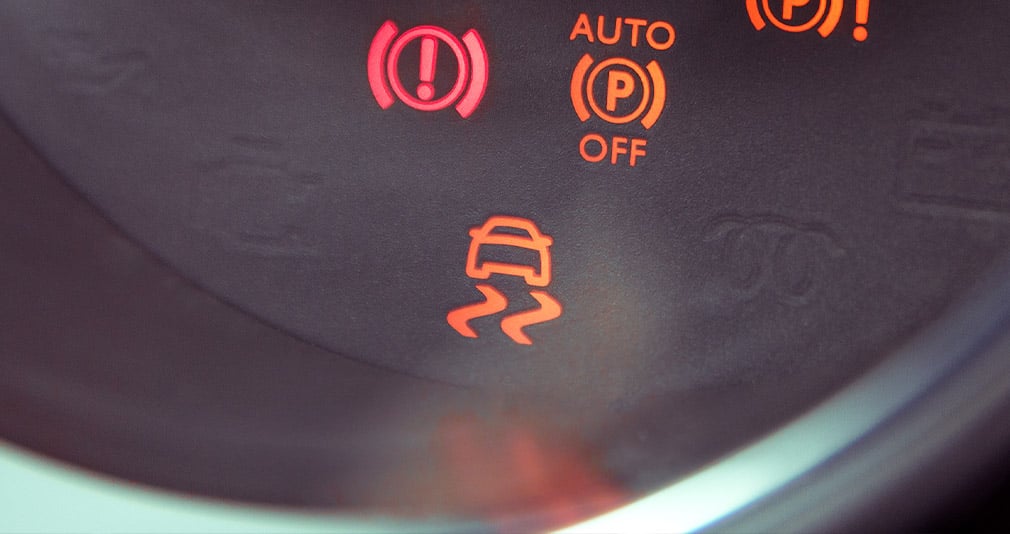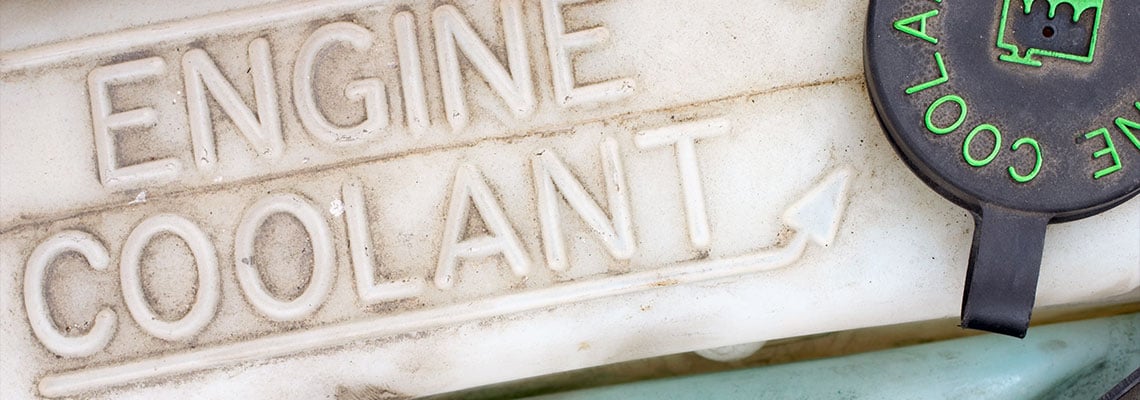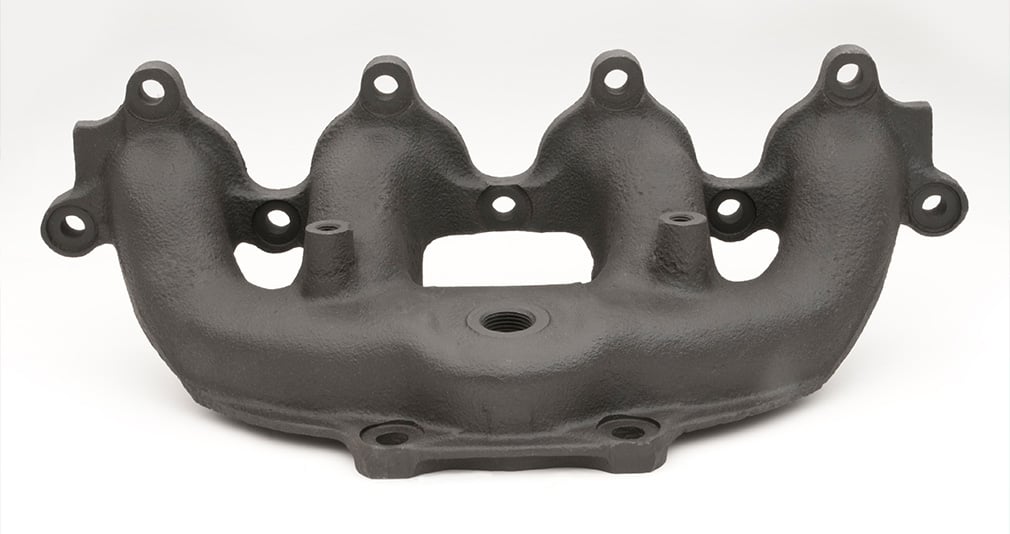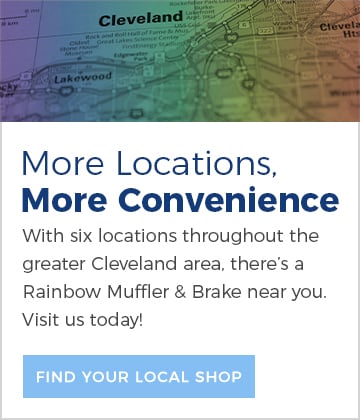You’ve already mentally prepared for the biting cold: layers of sweaters, coat zipped, Thermos full of coffee. On your walk to your car, you anticipate that comforting sensation of entering a warm, heated vehicle.
What happens when you crank up your car’s heater expecting a warm blast, and you’re assaulted with cold or no air at all?
With harsh Ohio winters, if the heat stops working in your car, it’s more than an inconvenience — it’s a major source of teeth-chattering frustration. It can also be dangerous if you’re stuck too long in the cold or if your windows are fogged, limiting your visibility.
There are many reasons your vehicle heater may be giving you the cold shoulder. We’ll walk you through the most common causes and give you some starting points on how to fix the issue yourself.
It’s important to not only fix the symptom but also address the underlying issue. If you’re not the DIY type or if you need a second set of eyes on your car’s heating system, head on over to the closest Rainbow Muffler & Brake.
Coolant Concerns
How does heating in a car work? Your car’s coolant and heater system are intrinsically connected. The primary role of the coolant is to circulate through the engine, pick up heat, and then move that heat through the radiator, where the heat is released. This process keeps the engine from overheating.
If there’s an issue with the coolant system, such as a low coolant level, air bubbles, or a malfunctioning water pump, the heating system might not function correctly. For example, low coolant can result in insufficient hot coolant reaching the heater core, causing the heater to blow cold air.
This can be caused by a leak in the system or just the natural consumption of the fluid. Air bubbles or airlocks can also prevent the flow of hot coolant through the heater core.
Check the coolant level in the reservoir (usually a translucent plastic tank) under the hood. If it's below the recommended level, top it up with the correct type of coolant.
Be sure to also address the reason for the drop, which might be a leak.
Glitchy Thermostat
Your car’s thermostat, which is a valve, controls the flow of coolant based on its temperature. When the engine is cold, the thermostat remains closed, allowing the engine to warm up. As the engine reaches your desired temperature, the thermostat opens, allowing the air warmed by the coolant to circulate.
If the thermostat gets stuck in the open position, the coolant keeps circulating, preventing the engine from reaching the optimal temperature. As a result, the coolant doesn’t get hot enough to provide sufficient heat.
Replacing a thermostat is a straightforward job and can be done with basic tools. Otherwise, a quick visit to Rainbow Muffler & Brake will have your car warming up quickly.
Blocked Heater Core
The heater core — the heart of your car’s heating system — is similar to a mini-radiator, but instead of helping cool the engine, it provides warmth. The engine’s cooling system circulates hot coolant through the heater core, and when the heater is turned on, the air is blown across its fins, thereby transferring the heat from the coolant to the air, which is then directed into your car’s interior.
If your heater core is faulty, you may notice:
- Fogged windows and less efficient defroster. A leaking heater core can release coolant vapor into your car’s cabin, causing the windows to fog up, particularly when you activate the heat. Also, the defroster uses heat from the heater core to clear the windshield. If the heater core isn’t working correctly, the defroster won’t be as effective.
- Sweet smell. Coolant has a distinct, sweet smell. If you notice this scent inside your car, especially when the heat is on, it might be because of coolant leaking from the heater core.
- Wet floorboards. If the heater core is leaking, coolant can end up on the floor of the passenger side of the vehicle. This can result in wet, damp or sticky carpets.
Over time, the heater core can become clogged with rust, debris or a buildup of coolant contaminants. When this happens, the hot coolant can’t flow through the heater core, resulting in no heat in the cabin when the heater is turned on.
If the heater core is fully blocked, and the coolant can’t circulate properly through the system, it might lead to the engine overheating. However, in most modern vehicles, the heater core is a parallel loop to the main cooling system, so a blocked heater core might not affect the primary cooling loop directly.
Flushing the heater core can sometimes clear blockages. However, in severe cases, you may need to replace the heater core.
Broken Blower Fan
The blower fan is responsible for pushing the warm air from the heater core into your car’s cabin. If the fan breaks or its motor burns out, you won’t feel any air, hot or cold, coming from the vents. Here are some other signs that point to a possible broken blower fan:
- Weak airflow. Even if air is still coming out of the vents, it might be at a reduced volume or force than normal.
- Unusual noises. A failing blower motor can produce squealing, rattling, or banging noises. This might be because of worn-out bearings or a foreign object in the blower motor housing.
- Only works on certain speeds. Modern blower motors typically have multiple speed settings. If the fan only works on some speeds but not others, it could be indicative of a problem with the blower motor resistor or the motor itself.
- Blown fuses. If the blower motor draws too much current, it might blow a fuse. If you replace the fuse and it blows again soon after, it might be because of a malfunctioning blower motor.
- Smoke or burning smell. A failing motor can overheat and produce a burning smell or even visible smoke from the vents.
- Vibration. If the blower motor’s blades or bearings are damaged, you might feel unusual vibration from the vents.
If you’re handy with electronics, you can test the fan motor’s function using a multimeter. If it’s faulty, a new blower fan motor is in order. Given the position of the blower (usually behind the dashboard), this is usually a job for an expert auto technician.
Faulty Controls or Wiring
Modern cars, and even some classics, rely on a series of controls, switches and wiring to regulate the heating system.
If there’s a fault in the wiring, a blown fuse or a malfunctioning switch, the heating system won’t get the message to do its job.
Start with checking the fuses related to the heating system. If they’re intact, the controls or the wiring might be at fault. You can either dig deep into your car’s manual or, if this sounds daunting, get help from a professional.
Learn More About Our Heating Services
In a state like Ohio, where winter can be relentless, a functioning car heater isn’t just a luxury — it’s essential. Without it, the journey to work becomes a battle against the elements, making every minute feel like an eternity.















